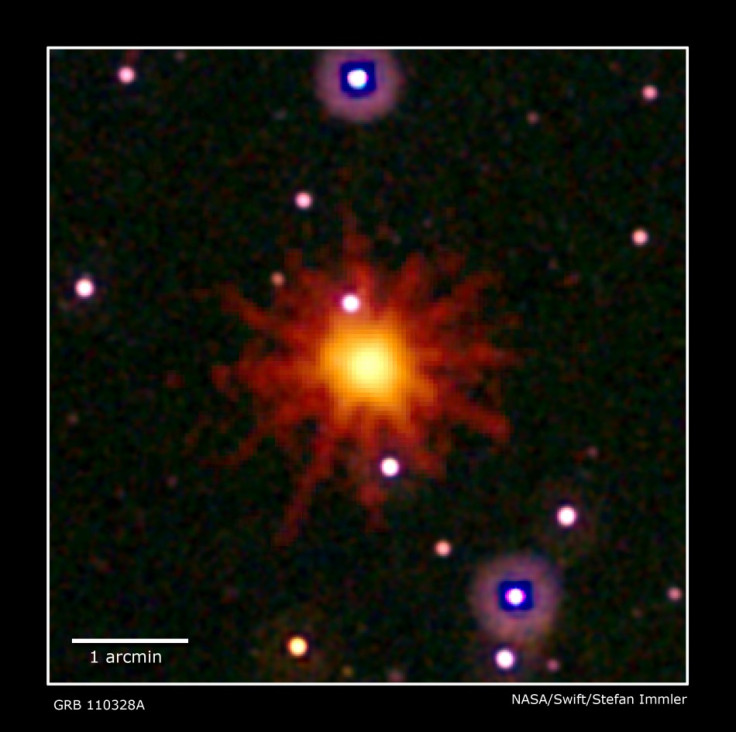Short Gamma-Ray Bursts 'Could End Life On Earth'

Short Gamma-ray bursts from supernova and star collisions from the other side of the galaxy could lead to the end of life on Earth, scientists have revealed.
A new theory claims that explosions, thought to occur when two stars collide, will release tonnes of gamma-ray radiation into space, finally leading to the end of life on Earth.
Scientists already know that gamma-rays caused by supernovas already contribute to the depletion of the ozone layer. However, one-second burst of gamma-rays caused by the collision of two black holes or stars are even more harmful.
"We find that a kind of gamma-ray burst - a short gamma-ray burst - is probably more significant than a longer gamma-ray burst," says astrophysicist Brian Thomas of Washburn University in Kansas.
"The duration is not as important as the amount of radiation."
These events don't happen often - about once every 100 million years in any galaxy - but if one were to happen inside the Milky Way, the results could be devastating to life on Earth.
The main consequence of the blast would be the complete depletion of the ozone layer. The blast would knock oxygen and nitrogen atoms out of stability. These would then recombine as nitrous oxides that would continuously deplete the ozone until they get washed by rain.
The loss of the ozone would wreak havoc on many life forms on Earth, including plants on land and in oceans.
Researchers are now looking at isotopes like iron-60 in Earth's geological record to see if events like his has happened before.
"I work with some paleontologists and we try to look for correlations with extinctions, but they are skeptical," Thomas said.
"But to astrophysicists, it seems pretty plausible."
© Copyright IBTimes 2024. All rights reserved.





